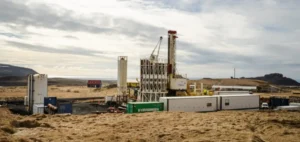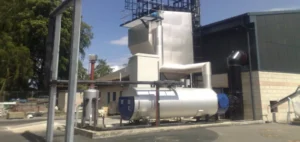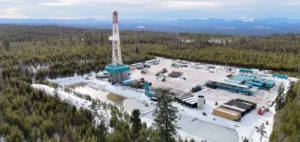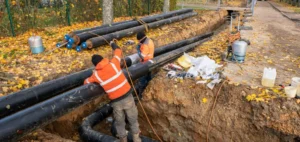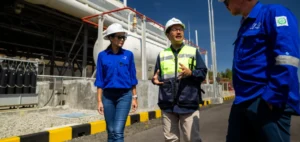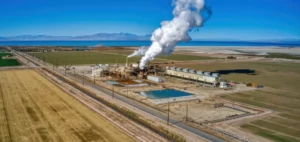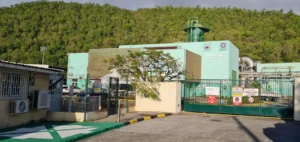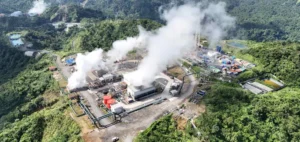Saint-Nazaire Agglo has awarded Dalkia, a specialised subsidiary of the EDF group, the design, construction, and operation of a new urban heating network with a high renewable component. This project is formalised by the official signing of a Public Service Delegation (DSP) between both parties. Eventually, the network will extend over 37 kilometres, annually delivering 100 gigawatt hours (GWh) of heat from 2030. Direct beneficiaries will include approximately 16,400 household equivalents, among them around 4,000 social housing units, as well as public establishments and local industrial sites.
Technical solutions selected
According to the terms of the contract, the network will use more than 90% renewable and recovered energy, drawn primarily from two local sources. Firstly, a significant portion of the heat will originate from energy recovered from treated water at the Ecossiernes wastewater treatment plant located in Saint-Nazaire. This energy will be recovered through a high-efficiency heat pump, thus leveraging a locally available resource.
Secondly, an additional biomass heating plant will be constructed in Montoir-de-Bretagne by 2027. It will be fuelled by wood residues from local channels, notably forest wood chips, wood from hedge maintenance, and recycled packaging wood. The use of these local resources ensures regular supply and economic integration within the region.
Economic and environmental impacts
According to data provided by Saint-Nazaire Agglo, the future network will prevent around 20,000 tonnes of CO₂ emissions annually, equivalent to removing approximately 10,000 combustion vehicles from circulation each year. This quantified data illustrates the scale of expected environmental impact.
Additionally, the President of Saint-Nazaire Agglo and Mayor of Saint-Nazaire, David Samzun, highlighted significant local economic benefits, including energy tariff stability for households, particularly lower-income families, and support for the local economy through the use of nearby resources and local businesses. This model could potentially serve as a benchmark for other municipalities aiming to develop urban heating networks with renewable components.




